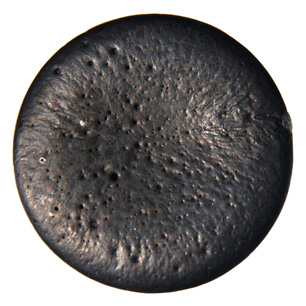Selenium
| EPA Maximum Contaminant Level (MCL) |
0.05 mg/L |

Selenium is a naturally occurring element that usually is present in small amounts in water. It can also arrive as a by-product of copper mining and smelting. It is an essential human nutrient, but only in small amounts. The main source in human nutrition is through plant foods.
Health Effects of Selenium
Selenium has known toxic effects on animals exposed through grazing. Human exposure can lead to issues with blood circulation, according to the EPA:
Some people who drink water containing selenium well in excess of the maximum contaminant level (MCL) for many years could experience hair or fingernail losses, numbness in fingers or toes, or problems with their circulation.
Water Treatment for Selenium
The preferred residential treatment for selenium is reverse osmosis, removing about 90%. Anion exchange reduces selenium by 60 to 95%. Activated Alumina adsorption also reduces selenium by 90 to 95 percent; distillation, 98 percent.
Sources: EPA, WHO, Enting Engineering Handbook, Photo: images-of-elements.com
Site Index
Filtration Systems
- Aeration for Iron & Sulfide
- Backwashing Filters
(whole house & well units)
- Chlorine & Chemical Injectors
- Countertop Water Filters
- Emergency Filters
- Garden Hose Filters
- Reverse Osmosis, Residential
- Reverse Osmosis, Commercial
- Shower Filters
- Specialty Filters
- Ultraviolet Systems
- Undersink Filters
- Water Softeners
- Whole House Filters
Cartridges
Parts
- Replacement Parts
- Faucets
- Filter Media
- Fittings
- Housings
- O-rings
- Pumps
- Pura UV
- R.O. Parts
- R.O. Tanks
- R.O. Booster Pump
- VIQUA UV